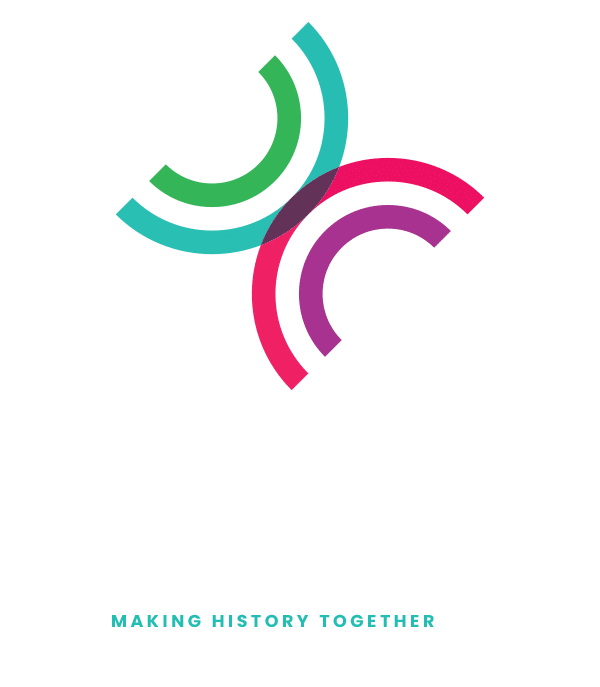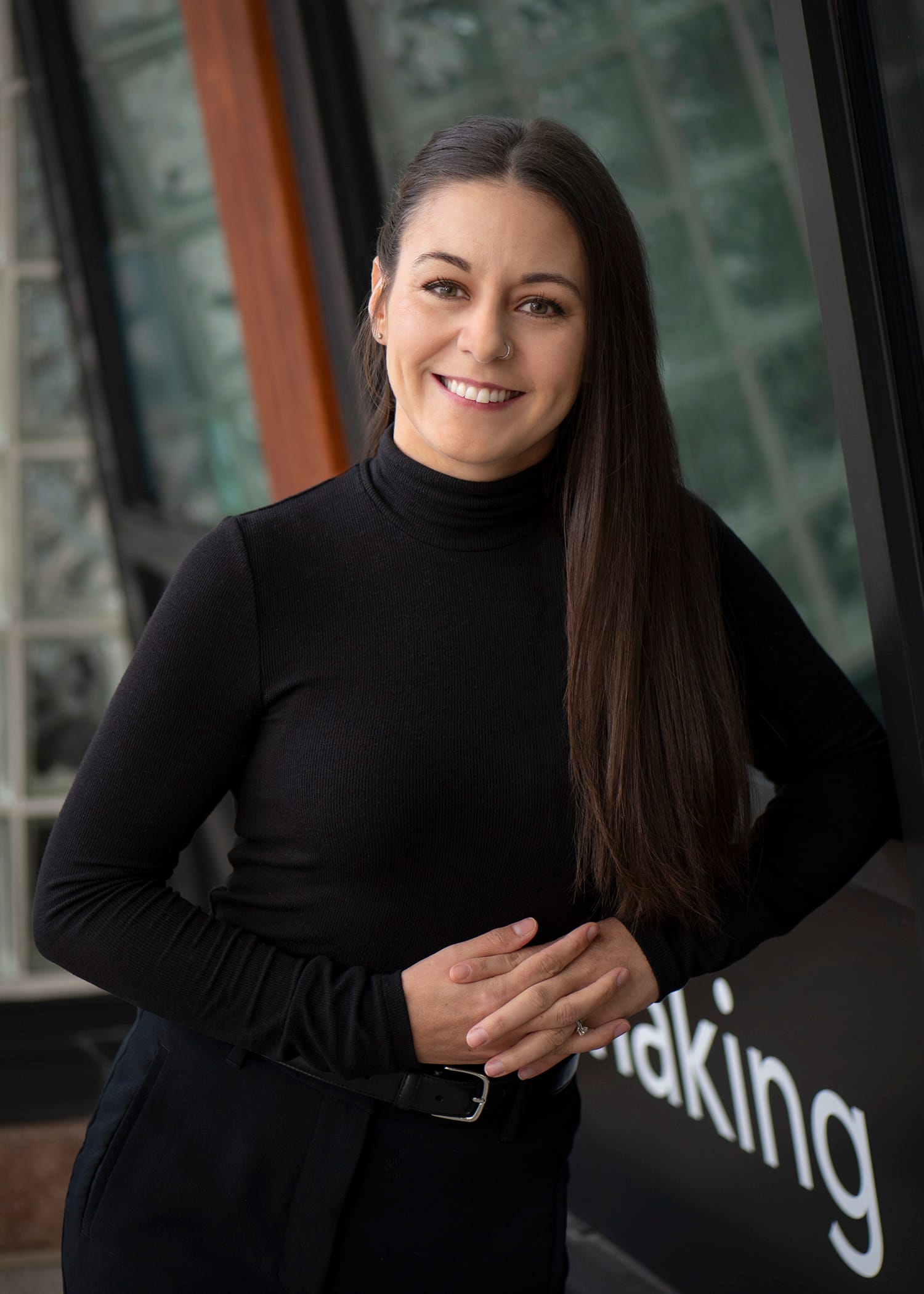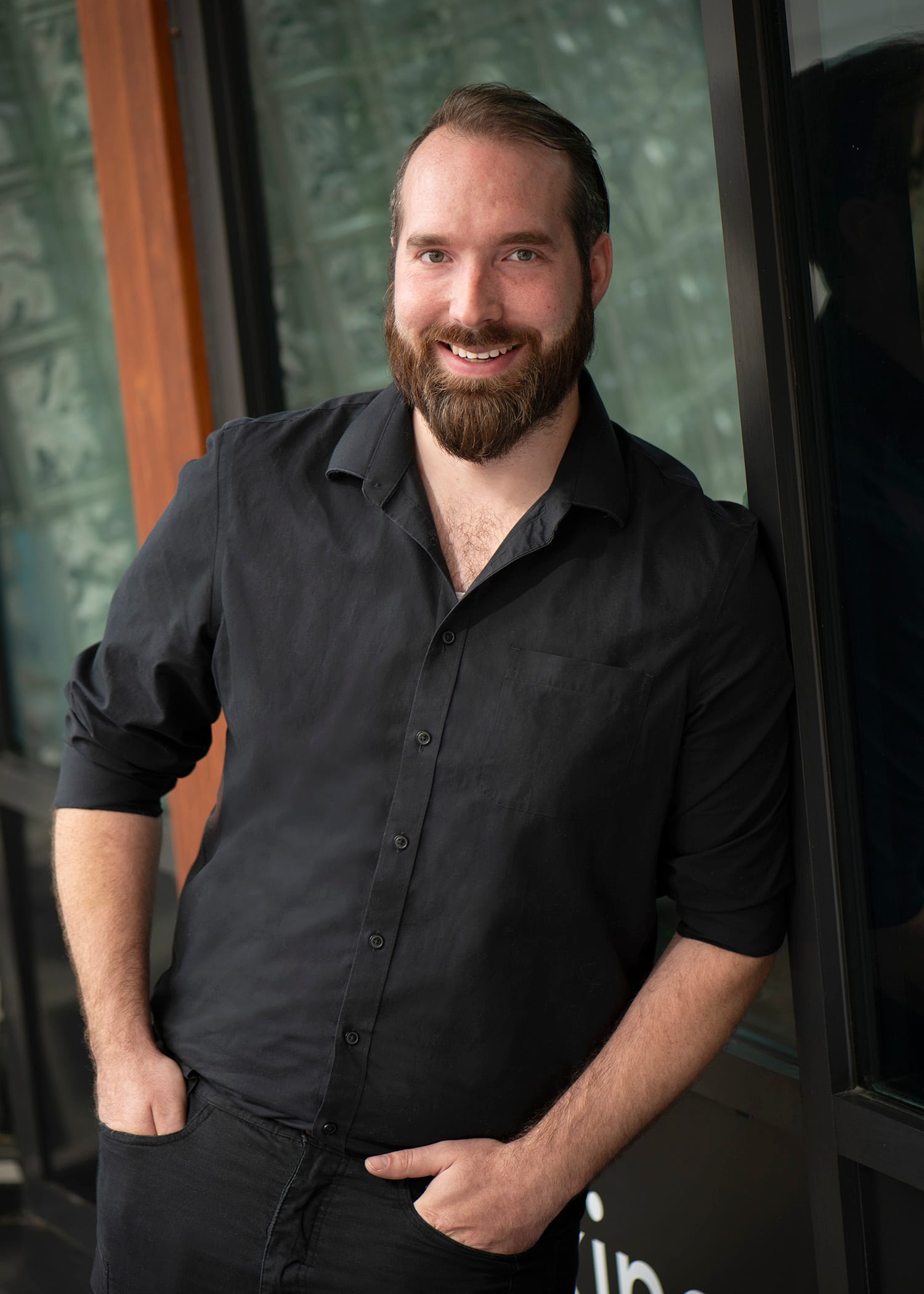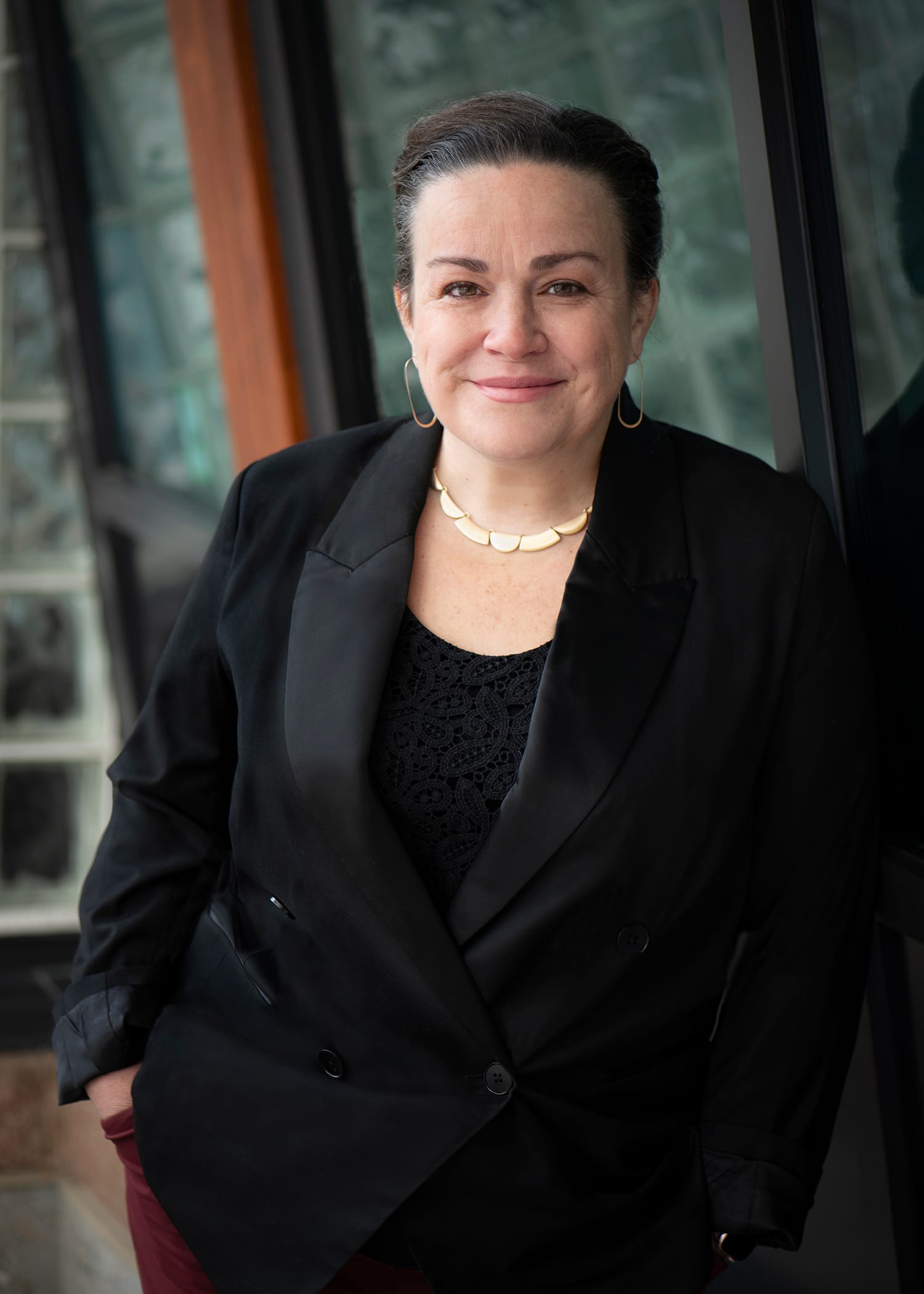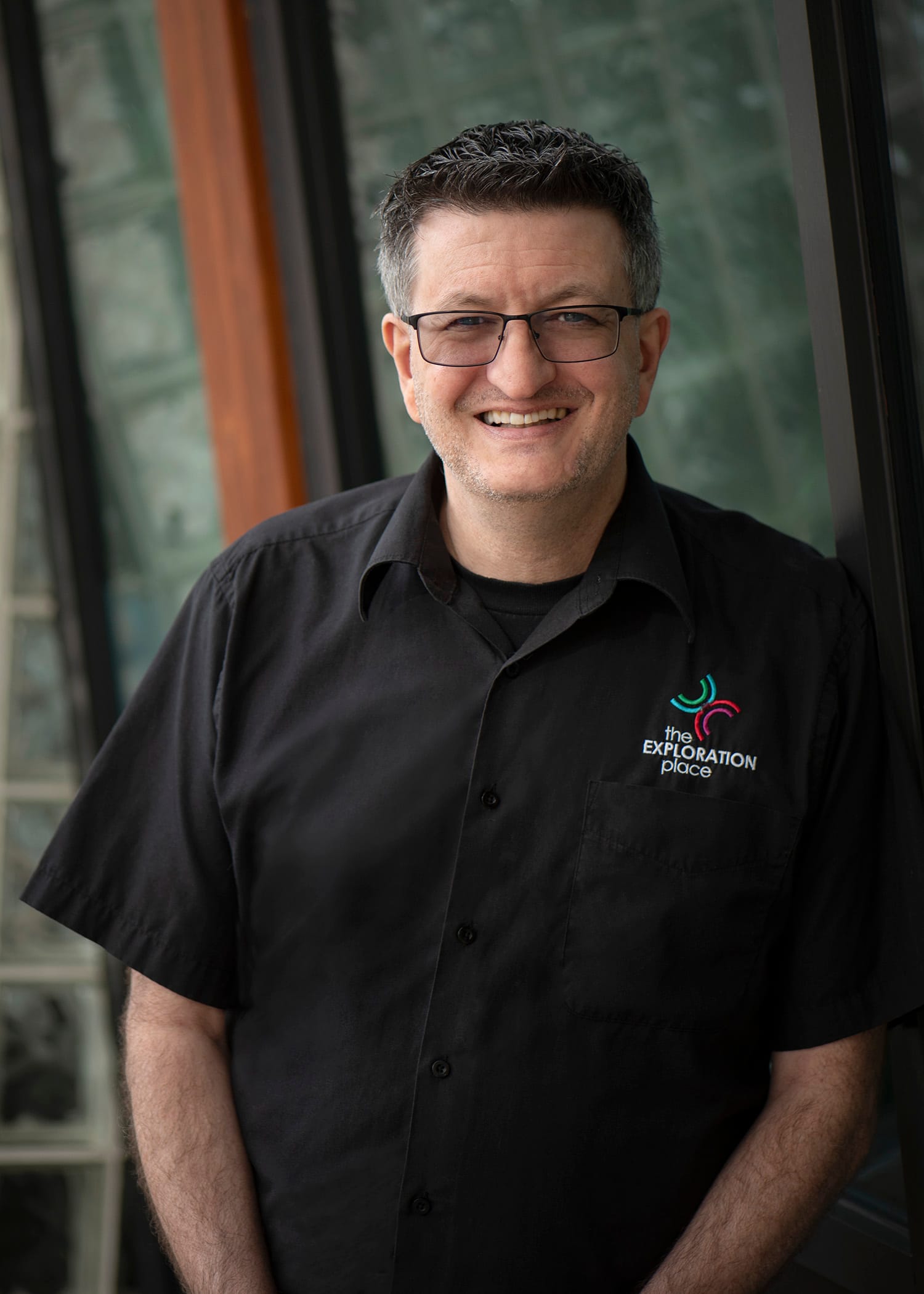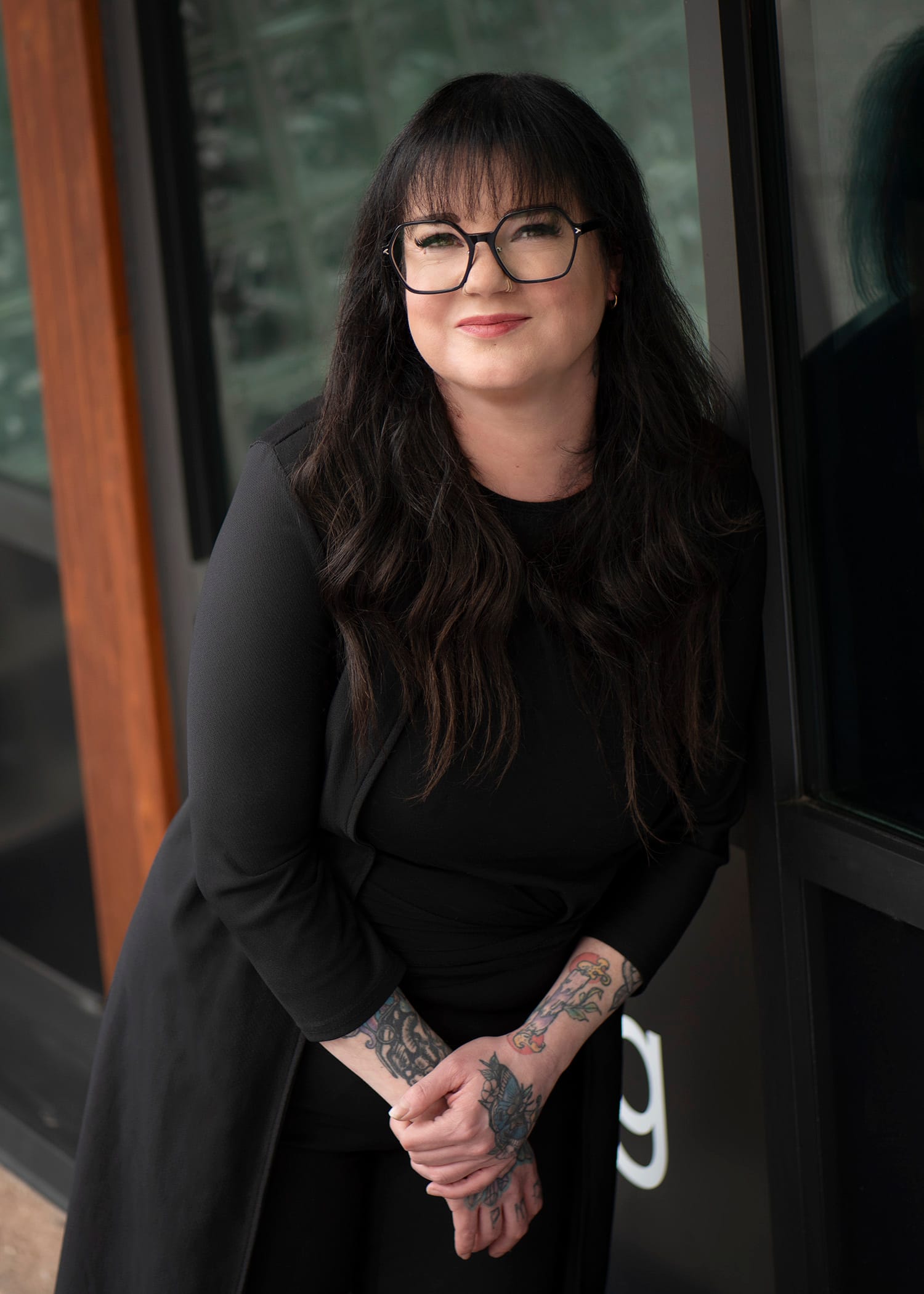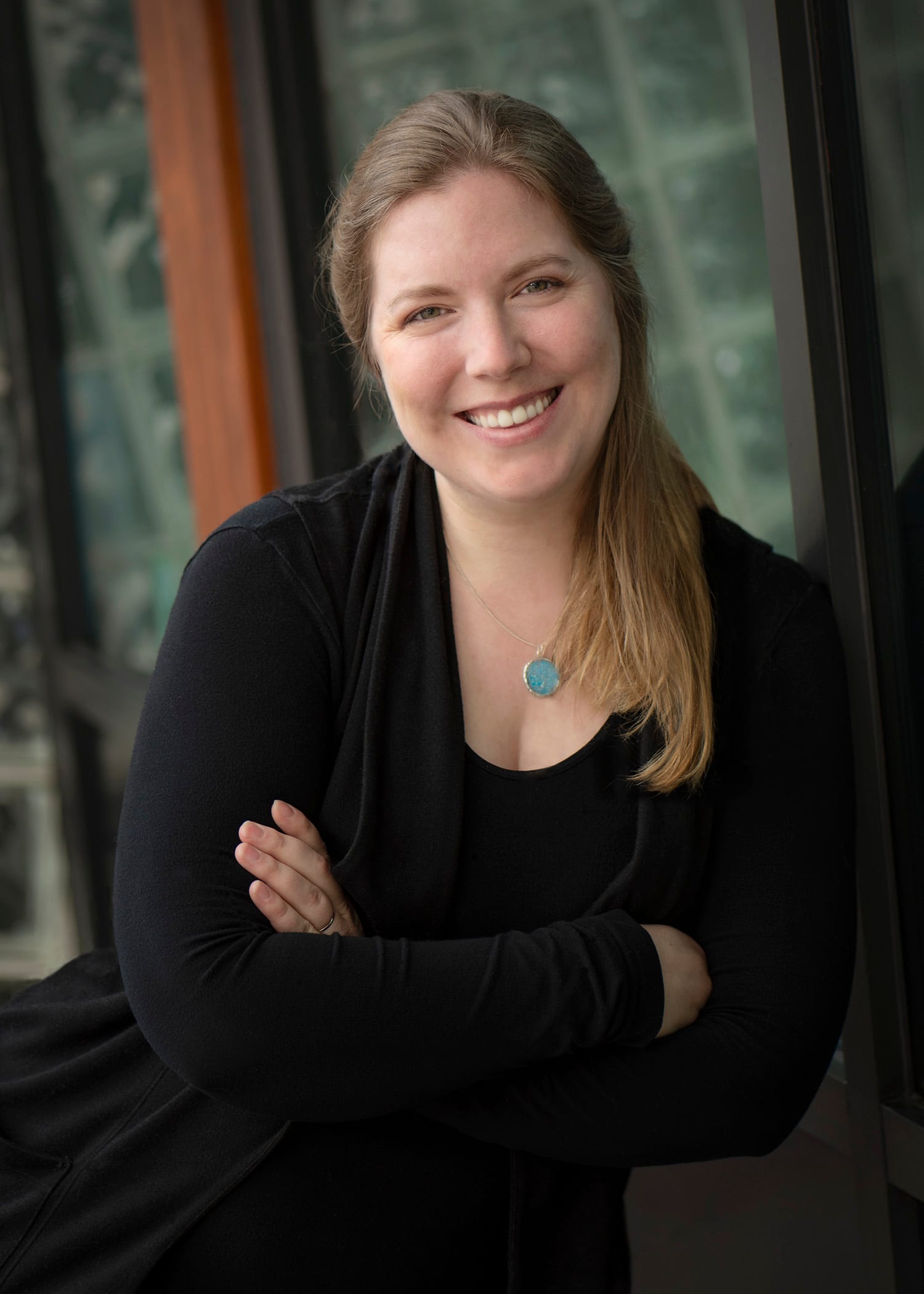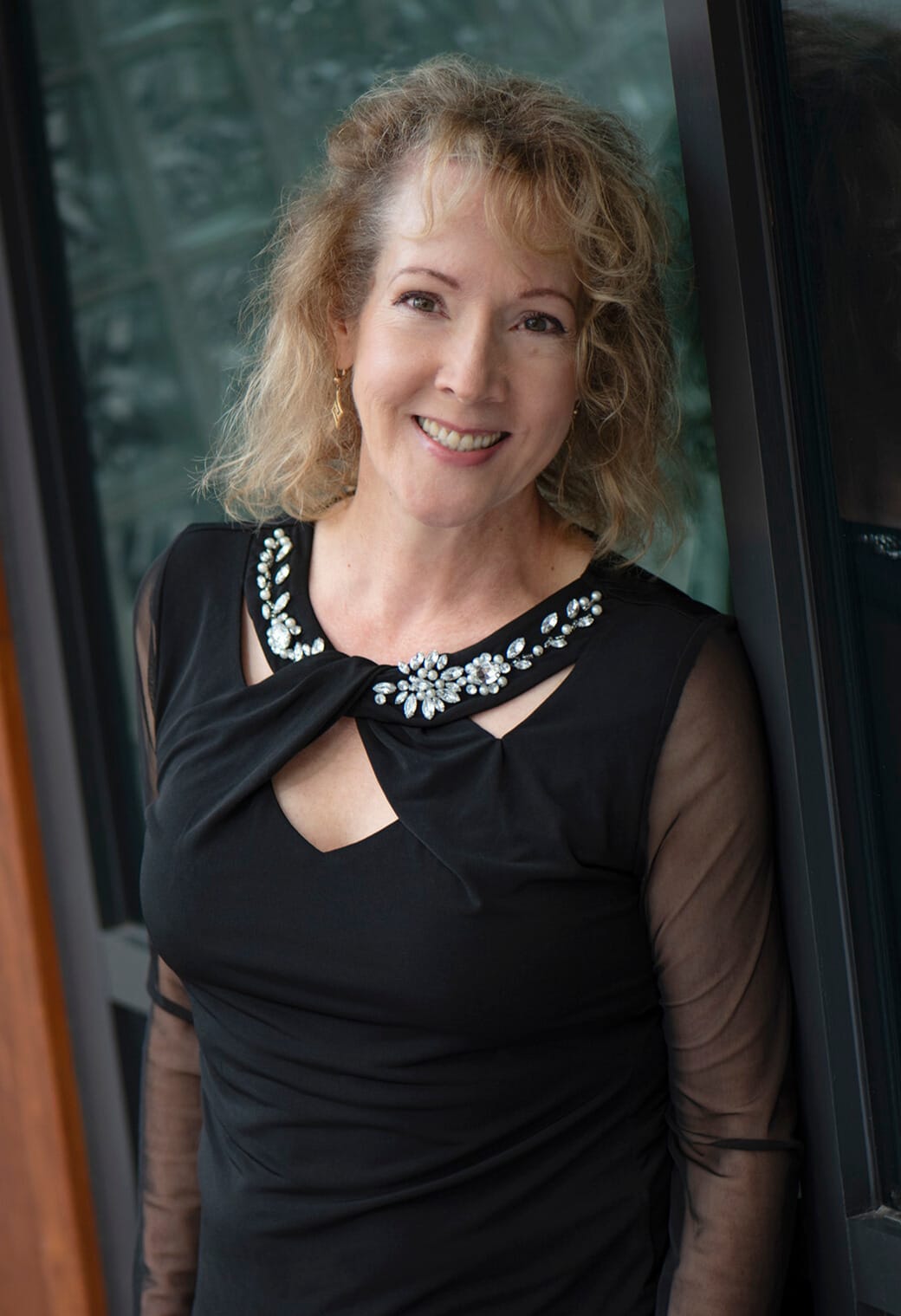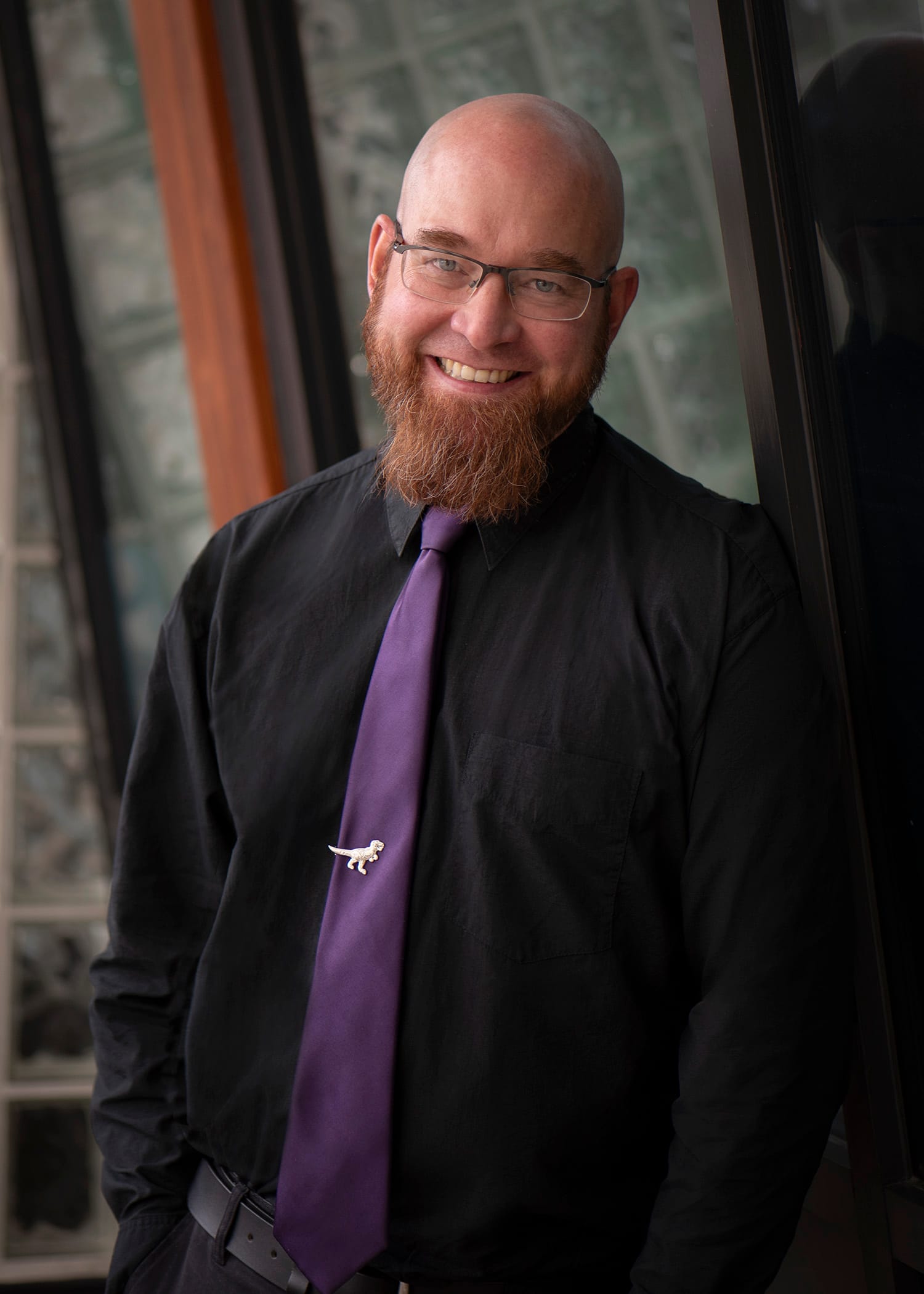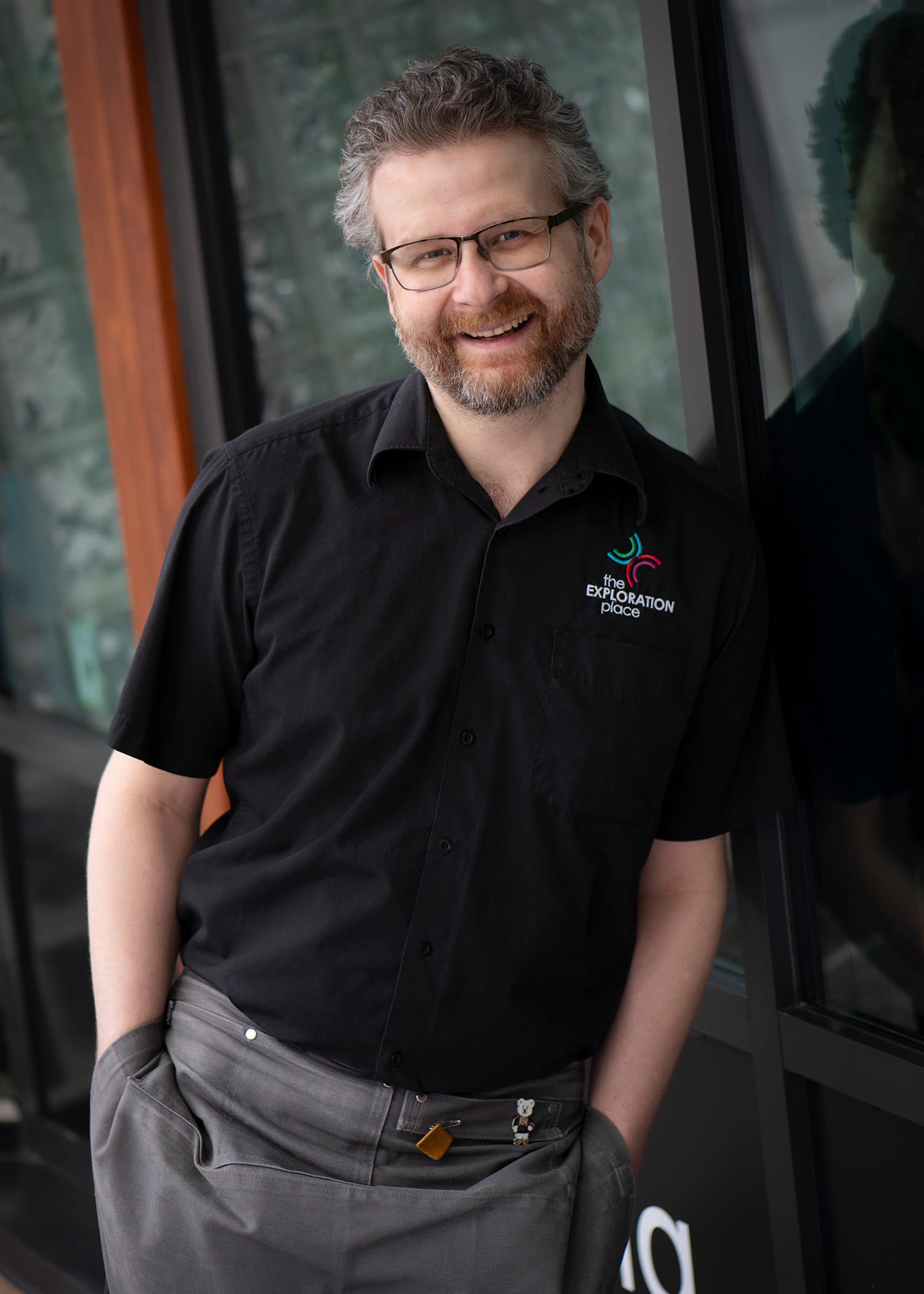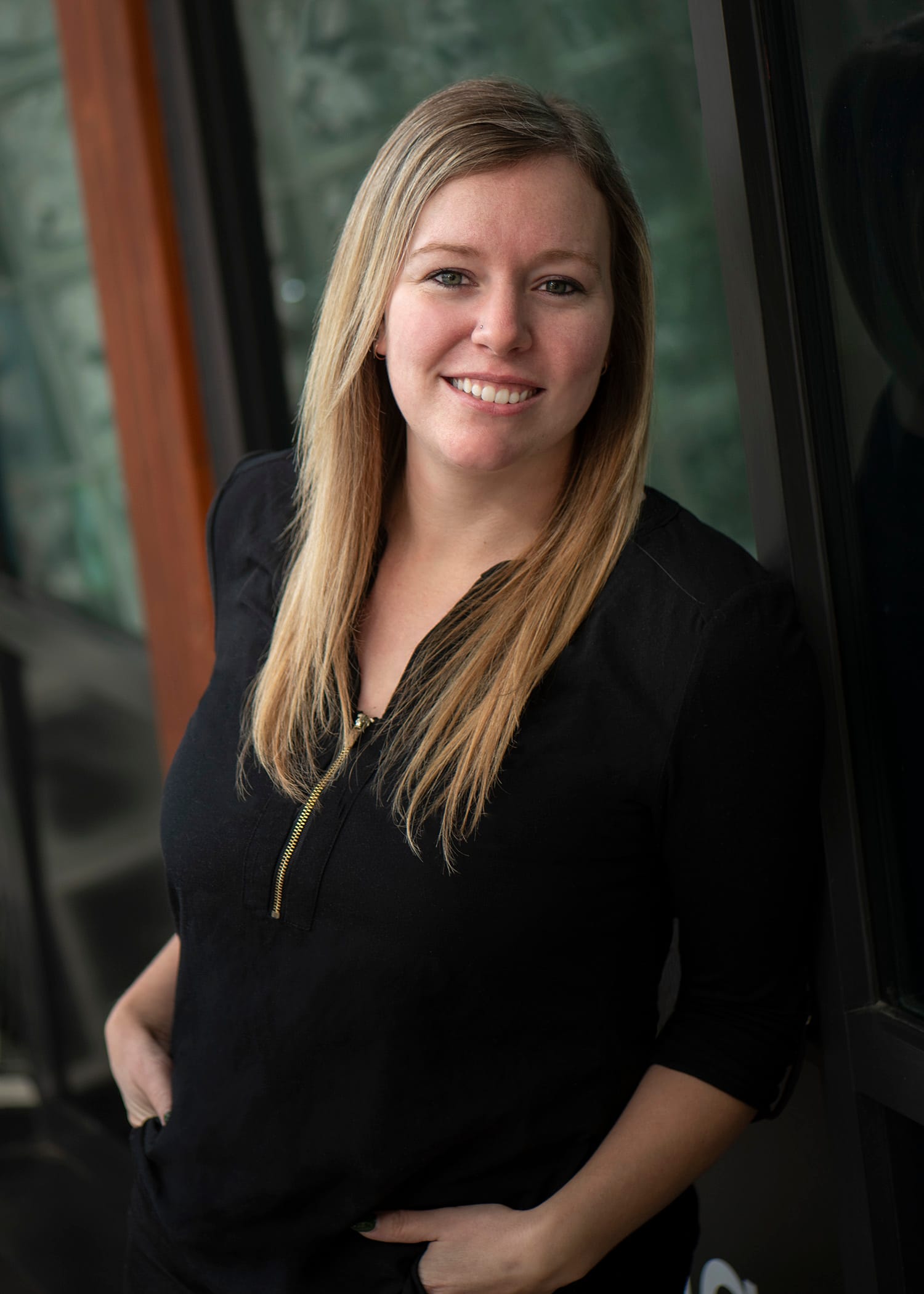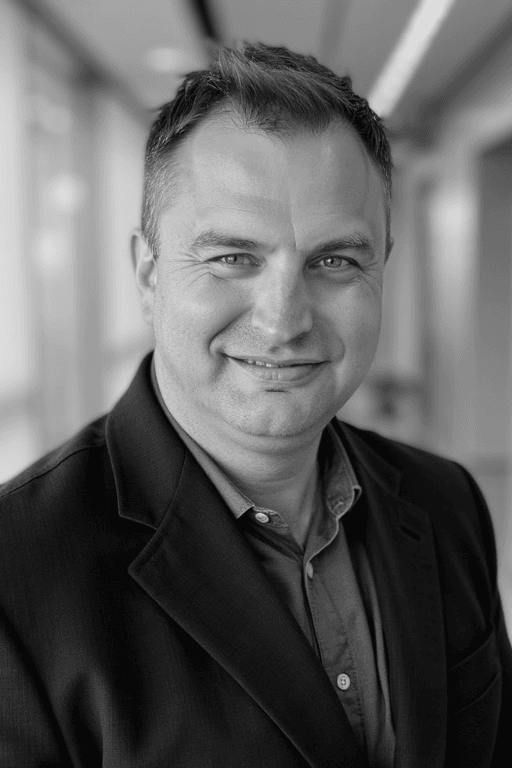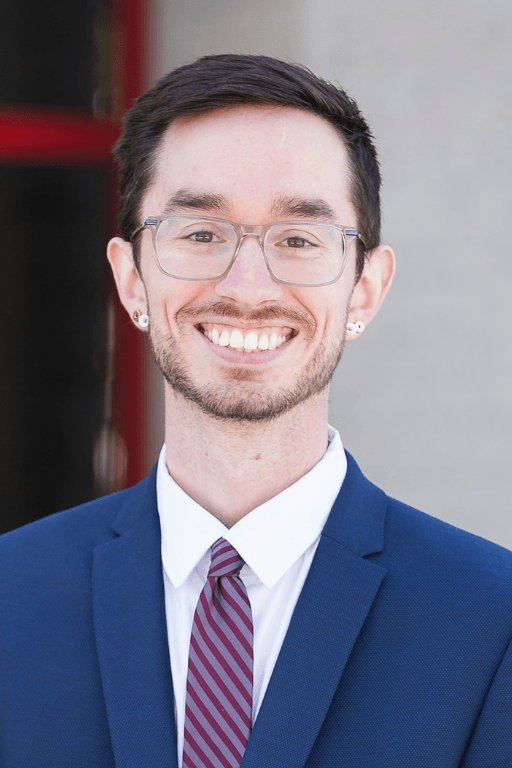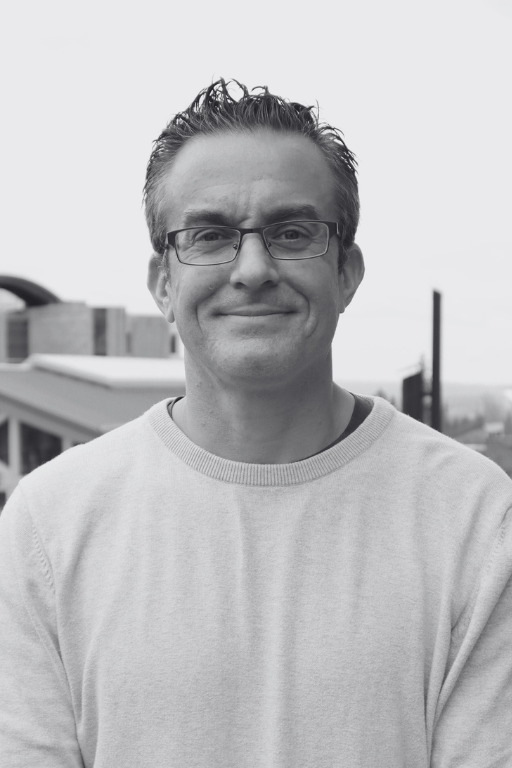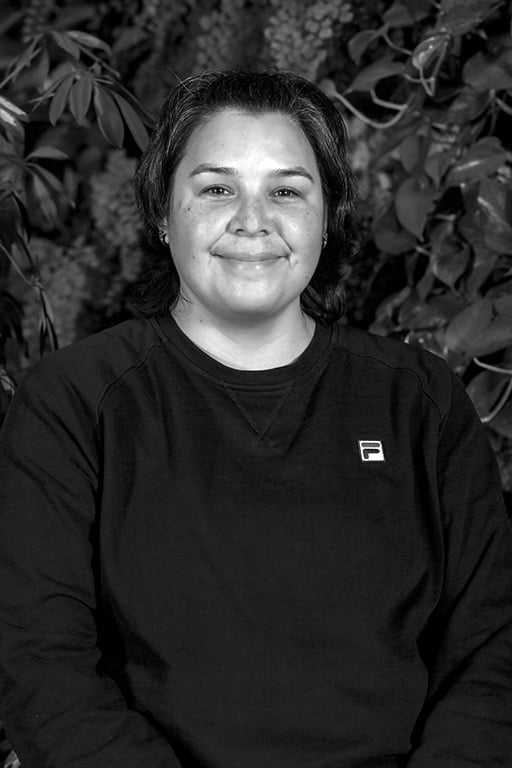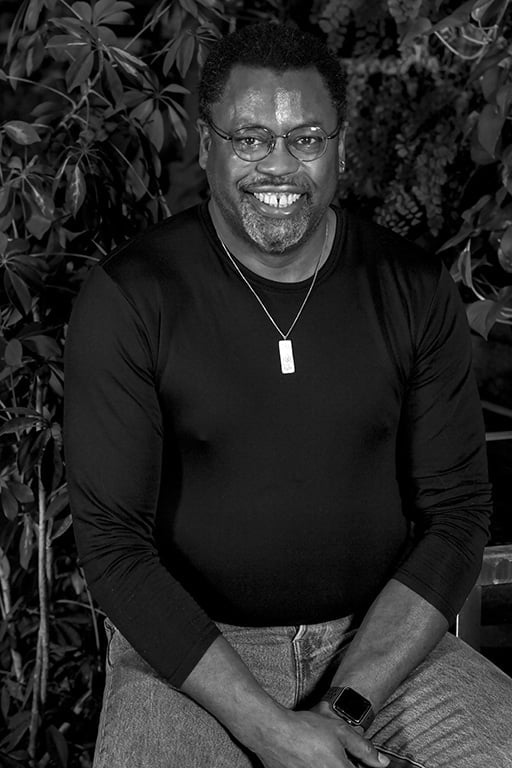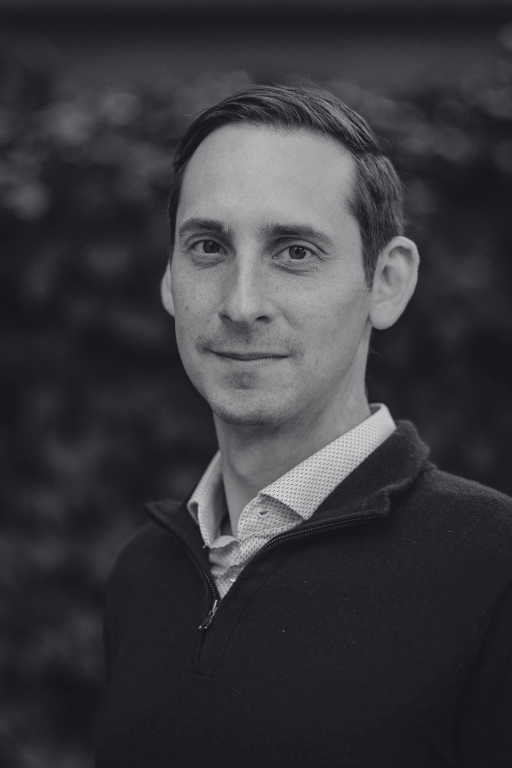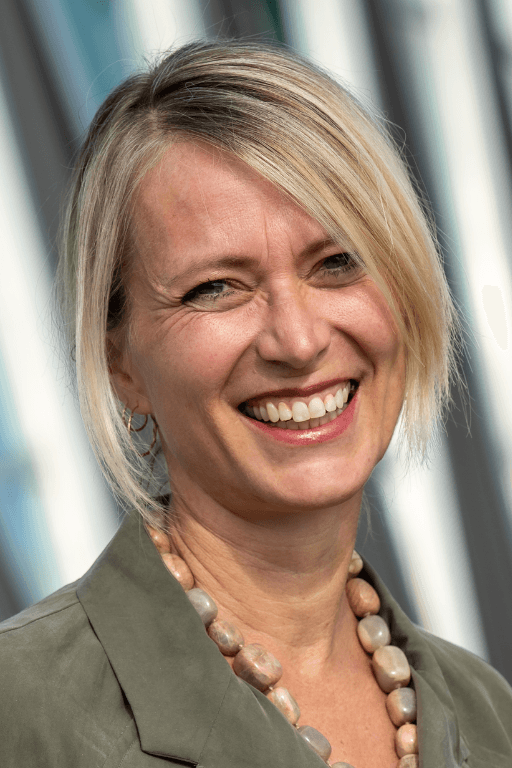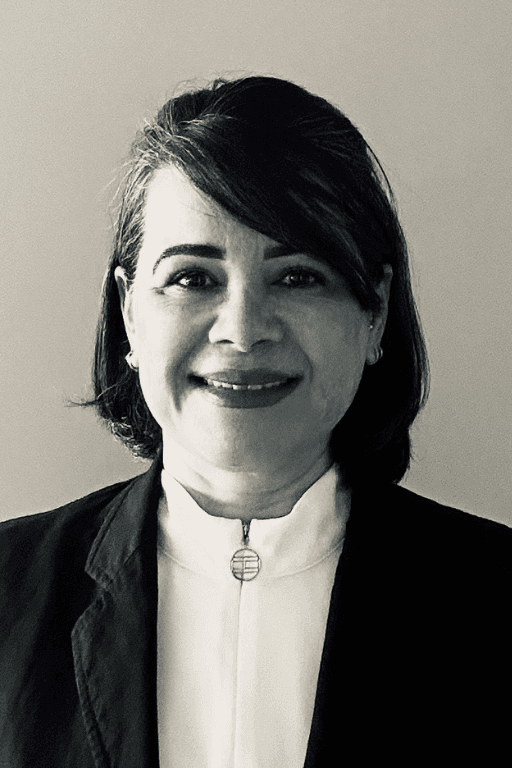Timeline & History of The Exploration Place
The Fraser-Fort George Regional Museum began operating as a Class A Museum in 1981, with the Fraser-Fort George Museum Society officially designated in 1958. After temporary homes in multiple different venues, the Museum acquired a permanent home in 1972. The new Museum was built as a reconstruction of Fort George on its original site in Fort George Park (now Lheidli T’enneh Memorial Park). Upon discovering that the original “Fort” consisted of two small log buildings, a trading post and a residence, committee members embarked on a more exciting (albeit fake) version containing a full stockade with two bastions, based loosely on Fort Langley and Fort St. James. Opened by the Governor General on May 15, 1972, the new Museum cost $125,000. It boasted a full environmental system with temperature and humidity controls and ultraviolet shields on the lighting.
Many stories have been told of the fire that destroyed the Museum around 3:00 am on the morning of December 6, 1975. What is certain is that the fire broke out in the caretaker’s quarters. Despite all attempts, it took the entire building and collection to ashes, with the exception of the taxidermy collection, which had been sent out for cleaning.
The Fraser-Fort George Regional Museum was ultimately rebuilt in the Park with emphasis on enhanced fire protection and a modern-looking building. The Fort George Museum Association became the Fraser-Fort George Museum Society, incorporated in 1976. Construction began in 1977 and was completed in 1980 at the cost of $780,000, featuring state-of-the-art environmental controls, fire suppression, and intruder detection systems. Once the building was complete, a call went out to the community to rebuild the collection. The new Museum opened on Dominion Day 1981. It underwent a facility expansion in 2001 and has been operating since as The Exploration Place Museum & Science Centre, the largest cultural institution in BC’s Northern region.
STEAM education is becoming an ever-increasing priority. The Museum has run summer science and technology camps since 1996, started a STEAM-based after-school program in 2001, and a STEAM-based preschool in 2007. With over 17 successful years of northern British Columbia outreach under our belts, we have continued to offer outreach activities into BC’s entire northern region. We have scaled our efforts significantly through our partnership with Science World. In 2015, we signed a Memorandum of Understanding with Science World British Columbia to work together as strategic partners for outreach into northern British Columbia, particularly into small, rural, remote, and Indigenous communities in our province that would not ordinarily have access to the resources and experiences that we have to offer here in Prince George.
The emphasis has increased concerning Indigenous artifacts and repatriation and the desire of First Nations to have agency over their own heritage. Today the Museum acts as the official repository for the Lheidli T’enneh First Nation, with a Memorandum of Understanding signed between the two parties in 2017. The goal of this MOU is to protect and preserve the cultural assets of the Lheidli T’enneh, sharing traditions from their perspective while establishing a protocol for access, research, display, preservation, and collection of Lheidli objects and stories. In 2017, The Exploration Place and the Lheidli T’enneh First Nation received the Governor General’s History Award for Excellence in Community Programming for the permanent gallery Hodul’eh-a: A Place of Learning. The gallery is a learning place for community members, with open programming space to allow for knowledge transfer, research, cultural expression, and healing. In 2023, Lheidli T’enneh and The Exploration Place were joint recipients of the BC Reconciliation Award from the BC Achievement Foundation and the Office of the Lieutenant Governor. We have also signed an MOU with the Maiyoo Keyoh Society and have partnered with them to repatriate an important family heirloom back home to Northern BC from the Royal Ontario Museum.
As an interactive museum and science centre, we closed our doors in March 2020 due to the COVID-19 pandemic and were the first facility in our city to do so. We seized on this time of change and transformation to recreate our visitors’ experiences upon our reopening with shifts in our curatorial focus and programming, as well as a building-wide renovation and rebranding. This shift reflected an exciting new vision, adapted to the future while strengthening our learning from the past and present. We reopened our doors to the public on October 29, 2022. As of 2025, we have continued to build on this new foundation, adding new galleries, new programming, and new exhibits.
We have been tapped by national, provincial, and even international organizations to participate in task forces, advocacy, and board committees to work through not just COVID-19 as it relates to our industry but also systemic racism and climate change.
After 30 years at The Exploration Place, 20 of those years at the helm, CEO Tracy Calogheros retired in 2024. Alyssa Leier, formerly the museum’s Curator, took over as Executive Director.
